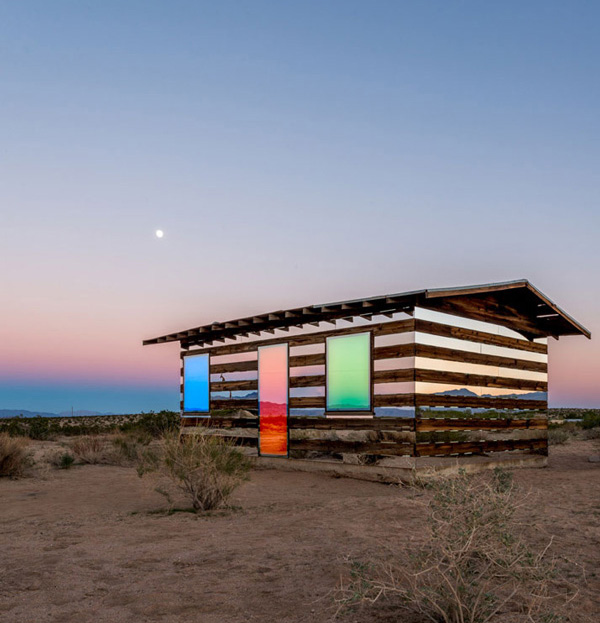 Often places and objects that transform, reveal a visible pace of change. This shack, called the Lucid Stead, is an installation created by Phillip K. Smith III on a 70-year-old wooden residence in the California High Desert. It wears its heart cleverly on its sleeve, as you can see right through it. While quietly changing its mood as the sun rises and sets, it settles into its surroundings.
Often places and objects that transform, reveal a visible pace of change. This shack, called the Lucid Stead, is an installation created by Phillip K. Smith III on a 70-year-old wooden residence in the California High Desert. It wears its heart cleverly on its sleeve, as you can see right through it. While quietly changing its mood as the sun rises and sets, it settles into its surroundings.
It endures. It thrives. It fascinates.
This reminds me of another house I’ve written about, the Mondrian House. I revisited it last month on a brisk morning, pausing to watch it live, breathe and shake off the difficult winter. The house cautiously takes in the ocean air, while gazing out over this Aquinnah landscape:
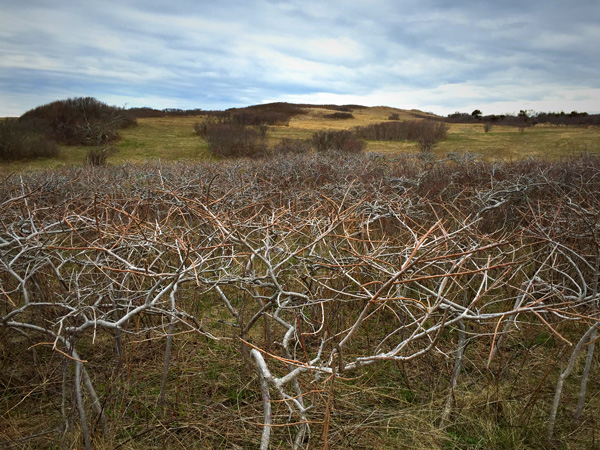
The homes we take for granted rise and fall as we do. Taking with them bits and pieces of the past, present and future with variable degrees of wear and tear.
As the sun sets and the mood changes, a big birthday rises this week. There are no clear aging guidelines, only ones derived from instinct. It's not really the age I feel. I could remodel, but that doesn't seem authentic to me.
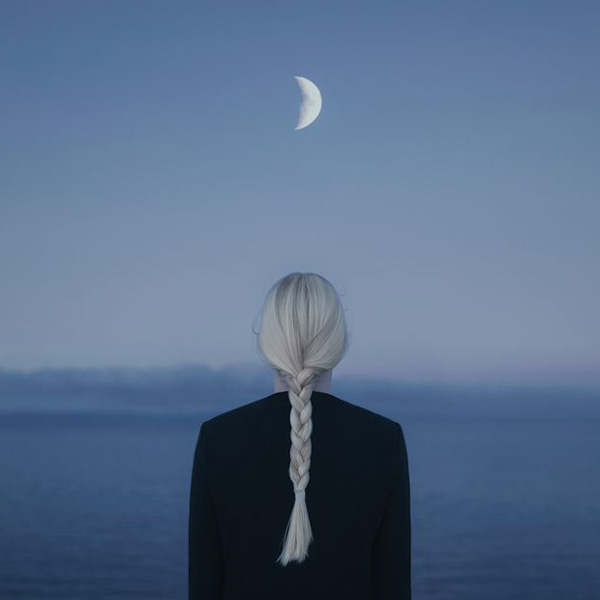
I'm summoned towards nostalgia for the freedom of the good old days, while looking out over the changing landscape and seeing things as if viewing them for first time, with fascination.
Photos: Mirror House: Steven King Photography, Landscape: Ronnie Citron, Water image: Gabrielisak Photography

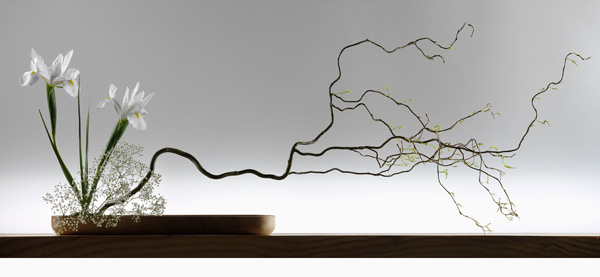 I watched this short video about Ikebana, the Japanese art of flower arrangement, three times.
I watched this short video about Ikebana, the Japanese art of flower arrangement, three times.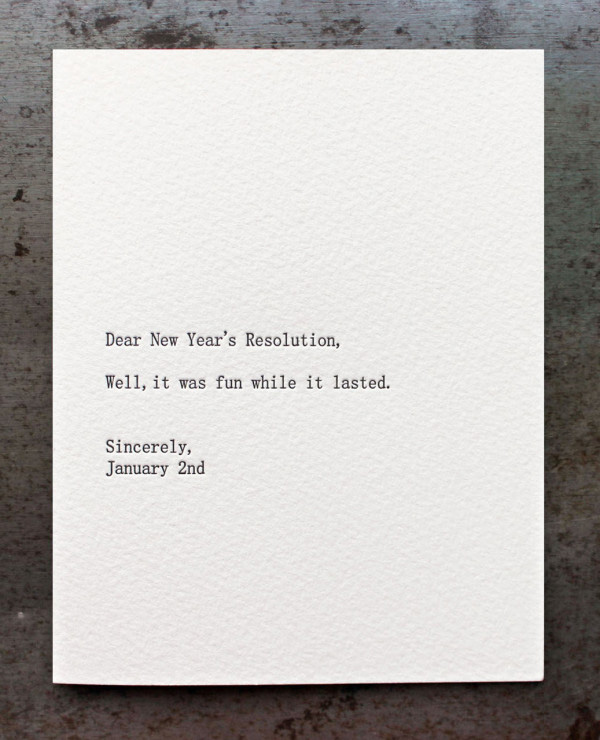 Card:
Card: 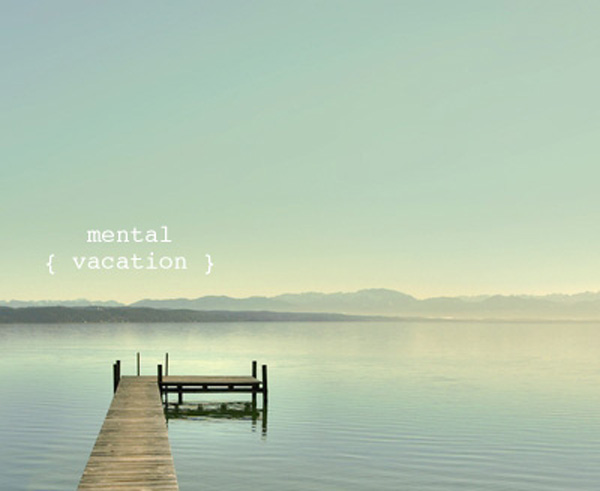
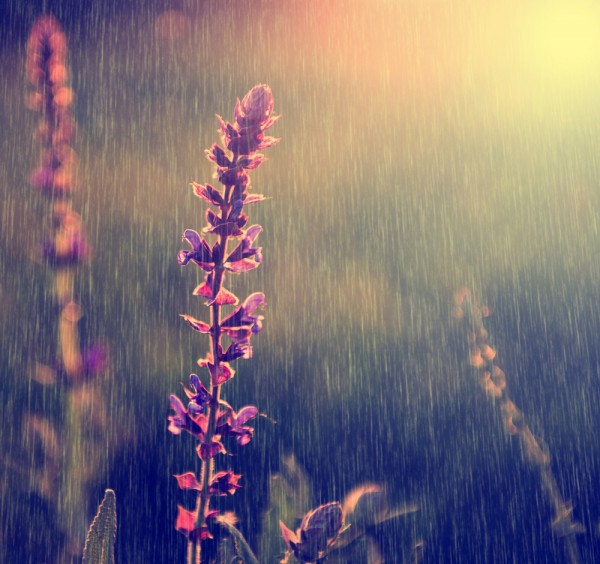 This chilly, rainy Memorial Day weekend, I'm taking one of my favorite poems out of my head and putting it in yours. Enjoy!
This chilly, rainy Memorial Day weekend, I'm taking one of my favorite poems out of my head and putting it in yours. Enjoy!